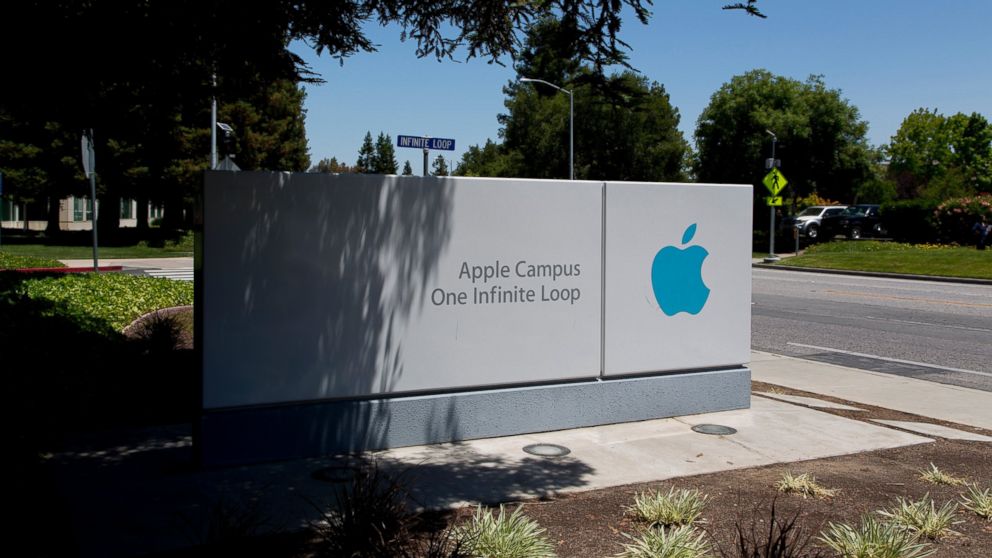Surge in Stock Buybacks Raises Questions for Investors
Buybacks may signal that firms are short of ideas on ways to generate growth.

— -- Corporate America is on a spending spree this year -- not to hire new talent or purchase new equipment, but to buy back its own shares.
Apple, General Electric and Microsoft separately announced buybacks totaling more than $20 billion in the second quarter alone. Each of these companies devoted more cash to buying back their shares than to dividend payments in the quarter.
Business research firm FactSet reported that 137 companies in the S&P 500 spent more on buybacks in the 12-month period that ended June 30 than they generated in profits. That buyback activity was the eighth-highest since 2005.
Companies present various strategic rationales for deciding to buy back shares that investors evidently accept, given the positive effects on share prices. Buybacks are typically announced with considerable fanfare because they tend to increase earnings on shares still on the market. Repurchasing shares gooses earnings upward because, when there are fewer shares, each share is allotted a greater proportion of profits.
Yet critics point out that instead of real earnings, some buybacks may merely make it seem as though the company is doing better. When a company buys back shares, the value of the enterprise stays the same. The company basically takes money from one pocket and puts it in the other. But earnings per share rise because of this move, the price/earnings ratio improves and voila, the company is often viewed as more desirable to the investing public.
Instead of doing buybacks, companies seeking to assure a bright future could be looking to increase profits the old-fashioned way: by upgrading plants and equipment, beefing up their workforce, rolling out new products, investing in research and development, making strategic acquisitions and building the brand. Or, companies could return this cash to shareholders by paying or increasing dividends. But unlike declaring or increasing dividends -- moves that carry an implicit commitment to continue them (as failing to do so is highly damaging) -- buybacks are confined events.
Buyback activity may seem positive to the masses, but they can be a signal that companies are short of ideas on ways to generate growth. C-suite executives who talk their boards into buybacks have the right idea — for their wallets. Buybacks can increase the value of their equity compensation because they decrease the number of shares over which earnings are spread, making their shares more valuable.
The whole idea of issuing stock is to get capital to grow companies. Studies have shown that buybacks often signal underperformance to come. According to one FactSet study, companies that had engaged in the largest buybacks relative to the total value of shares outstanding (known as market capitalization) since 2005 had the poorest returns from 2011 to 2016 while those with no buybacks had the best returns.
Companies have been repurchasing their own shares at an increasing rate by dollar volume since 2012. Over the past couple of years, buyback activity has reached new highs, hitting $200 billion in late 2015 and roughly $270 billion by the first half of 2016.
There are some circumstances in which buybacks make sense, however. In 2007, as the nation plunged into the Great Recession, and in 2008, as the financial crisis came on, there was a spike in buybacks as companies bought their beat-up shares cheap, planning to put them back on the market once they rebounded. This move probably made sense in many cases, especially to reduce dividend expenses for companies that had cash but were uncertain about whether they’d have it in the near future. In 2009, buybacks tapered off considerably.
The recent buyback frenzy is something else entirely. The practice of using this wartime tactic during peacetime is sometimes a sign of short-sighted corporate governance that’s bad for companies and the economy. Some academic studies have suggested that increased buyback activity has slowed recovery from the recession and hurt the economy’s long-term prospects.
Poor corporate governance may be evident in companies that borrow money to buy back shares. They want the improved metrics of doing a buyback but lack cash to pay for it. If excessive or unwarranted buybacks are a sick bed, borrowing money for this purpose just intensifies the disease.
If you own shares of a company engaging in buybacks, it’s wise to look at what’s behind this. If the effect of a buyback is to increase share price, your best option may be to dump the stock given the likelihood of lower future returns documented by the studies. Keep in mind, however, that tech companies that award employees a lot of stock options tend to be big buyers of their own shares to avoid dilution -- the reduction of an existing investor's proportional ownership in that company -- so buybacks are warranted in such cases. Apple, Microsoft and Oracle are good examples of companies with anti-dilution buyback programs.
If a company’s buyback program is reasonable compared with its cash flow and performance prospects, then holding onto these shares might make sense. But generally, look to invest in companies that devote their cash flow to growing profits.
Dave Sheaff Gilreath is a founding principal of Sheaff Brock Investment Advisors LLC. He has more than 30 years of experience in the financial services industry.
Any opinions expressed in this column are solely those of the author.




